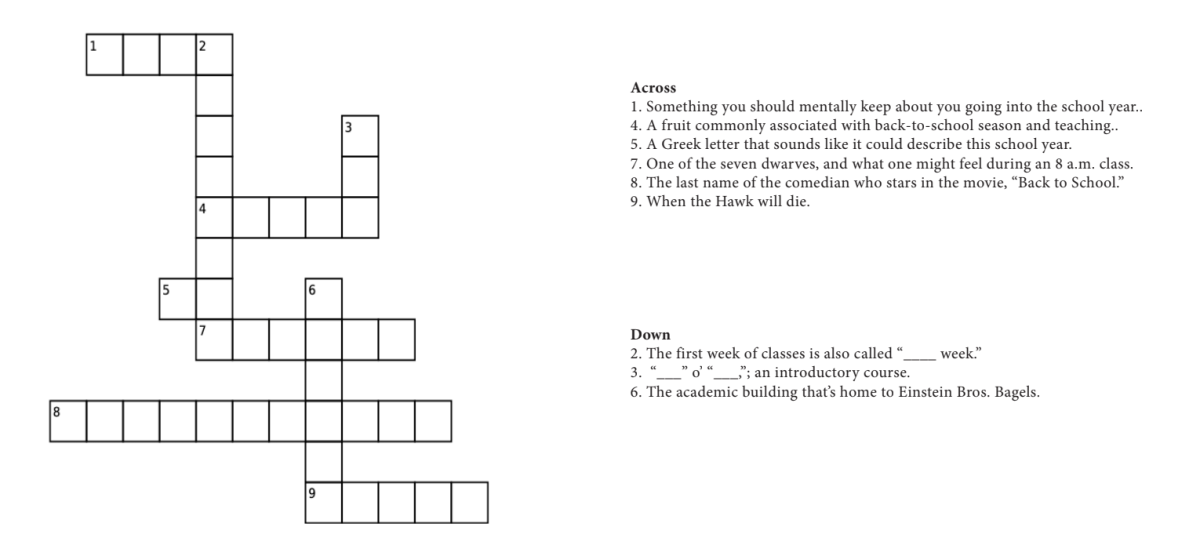Inspiration from the day’s radical history
I returned to my apartment on International Women’s Day on March 8 and, because my afternoon classes were cancelled before spring break, I indulged in an hour or so of lying in bed, checking Twitter, Instagram and the like.
On Instagram, I was surprised to find story after story and post after post by the people I follow with “inspirational” messages and “girl power” quotes like “empowered women empower women,” and “here’s to strong women: may we know them, be them, and raise them.”
On Twitter, I was greeted by more of the same, plus some reporters and organizations live-tweeting events celebrating the day. Some of my peers shared memes or more serious content reminding celebrants to keep the day inclusive of marginalized women and trans and nonbinary folks.
I also took part in the day’s slacktivism, sharing stylized quotes from two of my personal feminist inspirations, bell hooks and Flavia Dzodan.
As someone who has been celebrating or honoring the women in her life and the women of the world on International Women’s Day since eighth grade, I was pleased to see that seemingly more of my peers, men and women alike, were celebrating the day with me than ever before.
At the same time, I was a bit confused and disappointed in this social media-heavy celebration as well. In her book “We Were Feminists Once,” Andi Zeisler critiques the commercialization and dilution of feminism from its foundations as an ideology, politics, and practice of advocacy in to a corportatized “girl power” pop culture commodity.
Zeisler’s critique explains my disappointment with people’s social media slacktivism during the day: while the inspirational messages on Instagram certainly contributed to the festive nature of the day, I couldn’t help but find the posts a bit unsatisfying and insufficient to the significance of the day.
National Women’s Day was first observed in the United States in 1909 by the Socialist Party of America in remembrance of women garment workers’ strike in New York the previous year to protest their poor working conditions. Many of the garment workers in New York during the strike were some combination of poor, undereducated, or immigrants.
In the years following, the Socialist International continued to celebrate Women’s Day in 17 countries. Other countries and women celebrated International Women’s Day formally or informally in Europe and Russia by protesting for women’s rights, economic security, peace and against World War I. The United Nations started celebrating International Women’s Day in 1975.
Against the radical history of the day, a simple Instagram post with a “girl power” message seems like an all too simplistic way of honoring the legacy of the women and other activists who came before us, advancing the civil and political rights for marginalized people. They took the first steps to transform our society into one wherein all people can flourish without the debilitating forces of racist, sexist or classist oppression.
Like most of us, I too couldn’t resist marking the day with a couple of posts on Twitter and Instagram. When everyone’s doing it, it’s too tempting to not join in.
But that’s exactly why we should use the day wisely not by sharing often shallow celebrations of genitalia or girl power, but by discussing the continuing relevance and importance of feminist politics–whether more moderate and liberal or radical and extreme.












































